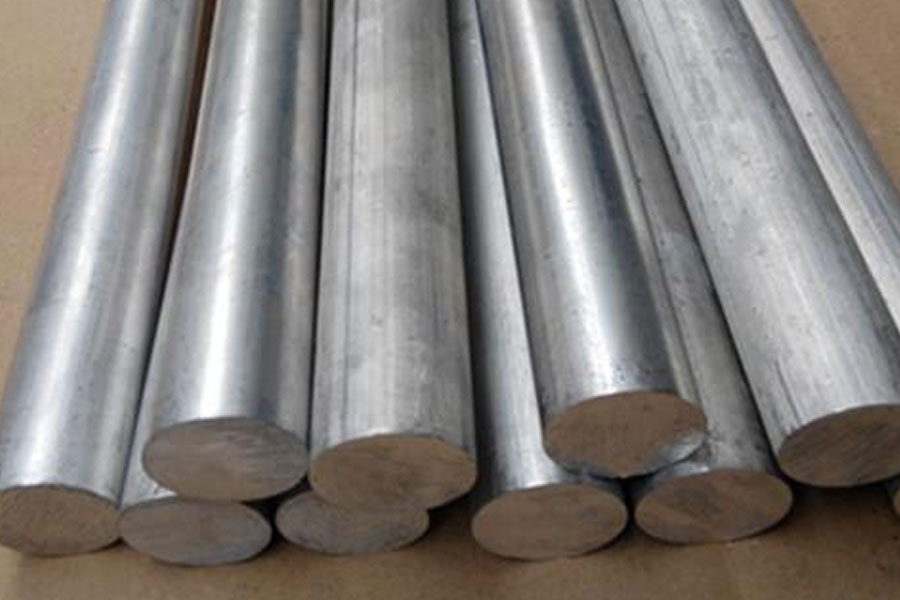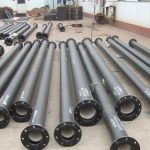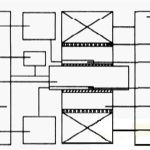
Since humans entered the industrial society, the production of all kinds of products has gotten rid of manual work. Automated machine production has been popularized in all walks of life. The production of plastic products is no exception. Nowadays, plastic products are injected with injection molds. The inside of the machine is processed by injection molding. For example, the shells of various home appliances and digital products that are common in our daily life are processed by injection molding. How is a complete plastic product processed in an injection molding machine?The editor of Dongguan Injection Mold Factory will explain it to you today.
1. Heating and pre-plasticizing
Driven by the transmission system, the screw conveys and compacts the material from the hopper. Under the combined action of the heater, screw and barrel outside the material barrel, the material is gradually melted and melted at the head of the barrel. The part has accumulated a certain amount of molten plastic, and under the pressure of the melt, the screw slowly retracts.The retreat distance is adjusted according to the amount required for one injection of the metering device. When the predetermined injection amount is reached, the screw stops rotating and retreats.
2. Clamping and locking
The clamping mechanism pushes the mold plate and the movable mold part of the mold installed on the movable mold plate to close and lock the mold part on the movable mold plate to ensure that sufficient clamping force is provided to lock the mold during molding.
3. Move the injection device forward
When the mold clamping is completed, the entire injection seat is pushed and moved forward, so that the nozzle of the injection machine and the main runner of the mold are completely attached.
4. Injection and pressure keeping
After the mold clamping and the nozzle are fully fitted to the mold, the injection hydraulic cylinder enters high-pressure oil, pushing the screw forward relative to the barrel, and injects the melt accumulated in the head of the barrel into the cavity of the mold with sufficient pressure, which is caused by the decrease in temperature. To shrink the volume of the plastic, in order to ensure the compactness, dimensional accuracy and mechanical properties of the plastic part, it is necessary to maintain a certain pressure on the melt in the mold cavity to supplement the material.
5. Pressure relief
When the melt at the gate of the mold freezes, the pressure can be relieved.
6. The injection device moves back
Generally speaking, after the pressure relief is completed, the screw can rotate and retreat to complete the next feeding and pre-plasticizing process. (Generally in existing injection molding, the movement of the injection seat to withdraw from the main gate of the mold has been cancelled, and it is executed when the molding drool is more serious, such as PA).
7. Open the mold and eject the plastic parts
After the plastic part in the mold cavity is cooled and shaped, the clamping mechanism opens the mold and pushes out the plastic part in the mold.
Since then, a complete plastic product has been completed. Of course, most plastic parts will need to go through auxiliary processes such as oil spraying, silk screen printing, hot stamping, laser engraving, etc., and then assembled with other products to form a final product. The complete product will finally be in the hands of consumers.
Link to this article:How are injection molds processed to produce plastic products?








